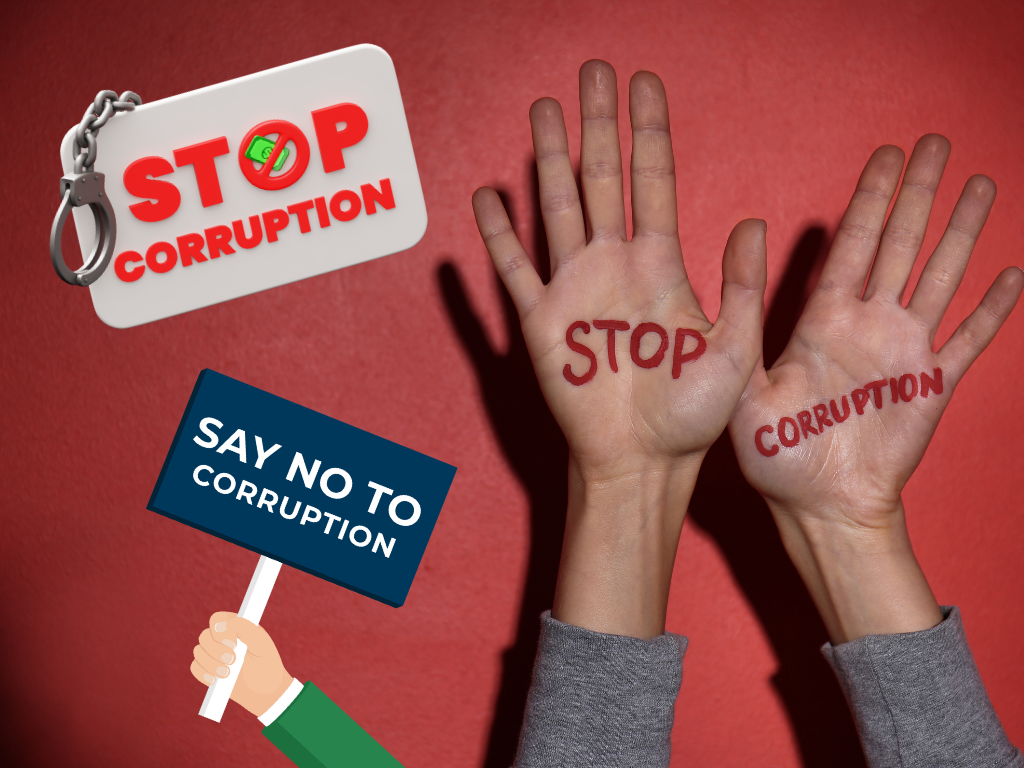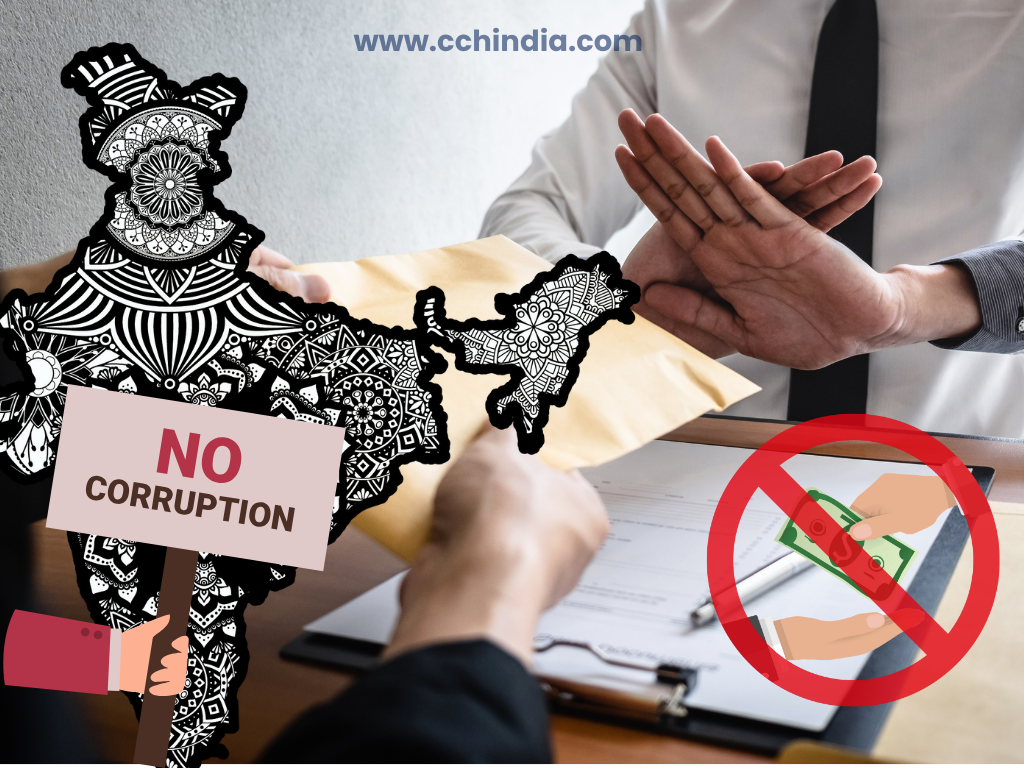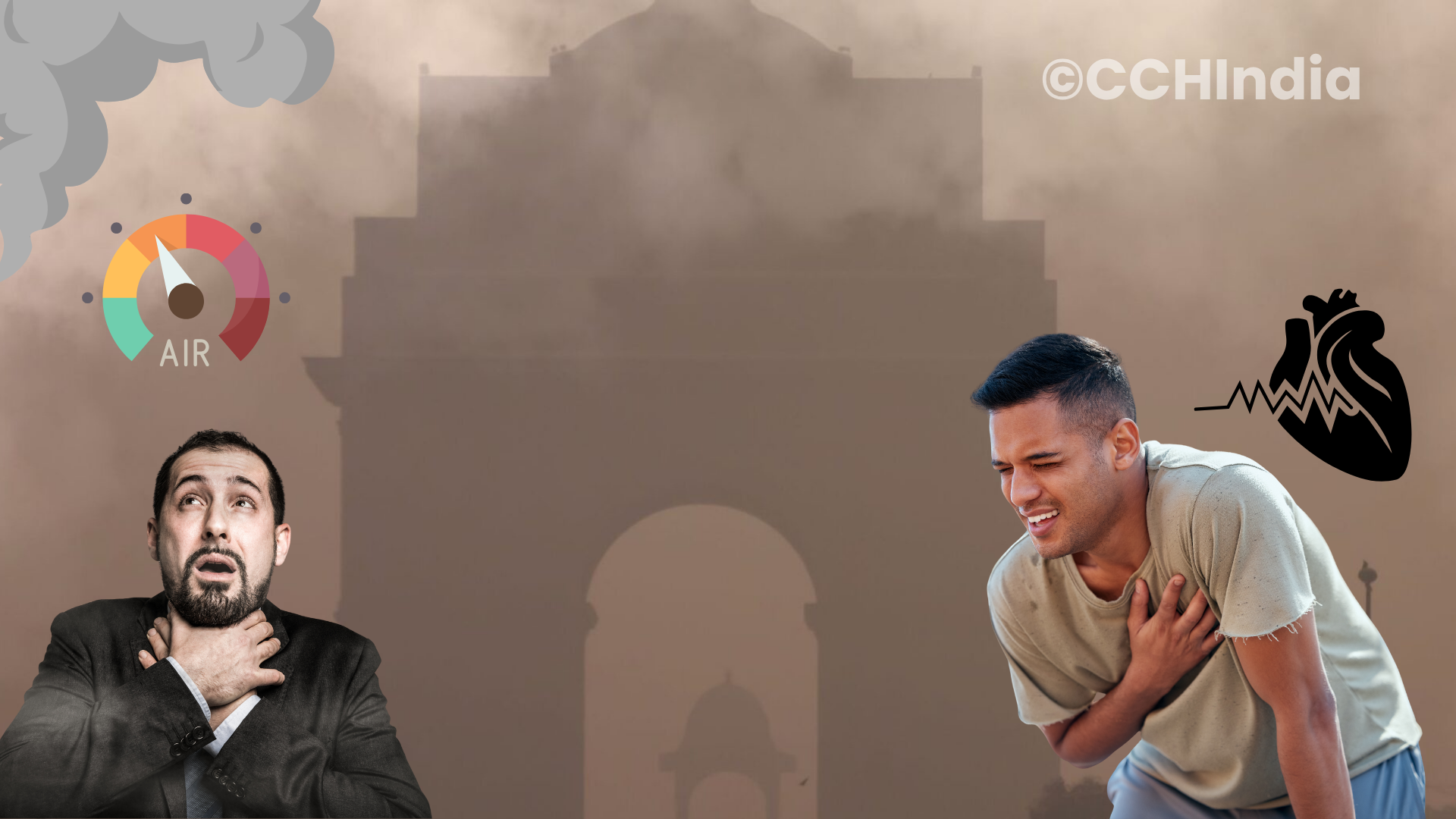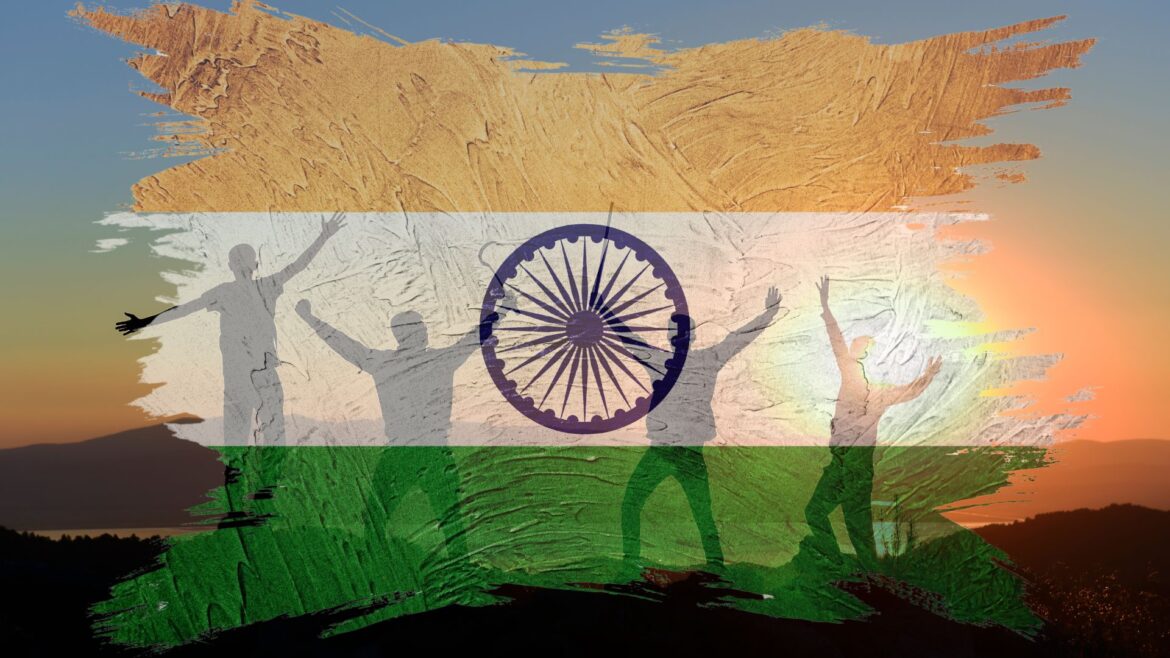Back in school, I used to wonder — why does the common man have to “adjust” to the system instead of the system working for us? Over the years, that question stuck. And now, as India dreams of becoming a fully developed nation by 2047, the answer is becoming clearer: we need to get rid of corruption. Plain and simple.
We’re not just talking about some big-ticket scams in newspapers. It’s about those everyday situations — a delayed pension, an approval stuck in a dusty file, or someone paying a bribe just to get what’s already theirs. That’s what slows India down.

🧱 Why It Matters More Than Ever
Let’s keep it real — you can build metros, airports, and fancy apps, but if your system is broken from within, true development won’t happen. People need fairness. Trust. Hope that their hard work will pay off without them needing to ‘pull strings.’
slot deposit pulsa
A corruption-free India would mean:
- A farmer doesn’t need to chase officials for crop insurance.
- A student doesn’t lose a scholarship due to someone else’s influence.
- A retired worker gets their dues on time, without begging.
Sounds basic, right? But that’s what real development looks like.
📲 How Tech Is Helping — and Where It’s Not Enough
No doubt, Digital India has helped. Whether it's UPI, DBT, or online portals, a lot of middlemen have been removed. Things are faster. Cleaner. More trackable.
But let’s not pretend tech alone will fix it all. A corrupt person with a laptop is still corrupt. Systems must be honest, but so should the people running them. That’s the real challenge.
🧍 It’s Not Just “Their” Problem. It’s Ours Too.
We love saying, “The system is broken.” But sometimes, we are the system. We know someone who paid to get a license faster. Or to skip a queue. Or to get a job. That’s where it begins.
Being corruption-free doesn’t mean being perfect. It means saying no to that first compromise. It means calling out the wrong, even if it’s inconvenient. Hard? Absolutely. Necessary? Even more.
2047: More Than a Date
When we say Viksit Bharat by 2047, we’re not talking about just GDP growth or giant buildings. We’re talking about a country where:
- Jobs are based on skill, not connections.
- Hospitals treat patients fairly.
- The police protect, not exploit.
- Your last name doesn’t decide your opportunity.
This isn’t about being idealistic. It’s about being sick of the same old nonsense. And doing something about it.
🛣️ So... What Now?
Sure, challenges are there. Some officials still take bribes. Big scams still happen. But here’s what’s also true:
- More people are aware.
- Youth are speaking up.
- Digital trails are catching fraud.
- Whistleblowers are being heard.
Laws are evolving. Systems are improving. The ground is shifting — slowly, but surely.
🧭 Wrapping It Up (No Big Speeches)
Honestly, a corruption-free India won’t happen because of just one scheme or speech. It’ll happen because people — you, me, everyone — choose not to settle.
We’ve settled for too long. Now, it’s time to raise the bar.
Not for headlines. Not for slogans. But for a Bharat we’re proud to leave behind.
2047 isn’t far. And the mission is too important to delay.
Corruption is a major roadblock on the path to development, but it’s not the only one. If we truly want a Viksit Bharat by 2047, we must also address pressing issues like pollution with equal seriousness .






